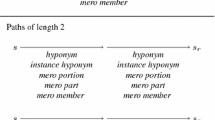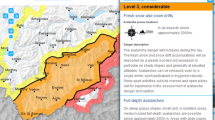Abstract
One of the most important components of any machine translation system is the translation lexicon. The size and quality of the lexicon, as well as the coverage of the lexicon for a particular use, greatly influence the applicability of machine translation for a user. The high cost of lexicon development limits the extent to which even mature machine translation vendors can expand and specialize their lexicons, and frequently prevents users from building extensive lexicons at all. To address the high cost of lexicography for machine translation, L&H is building a Lexicography Toolkit that includes tools that can significantly improve the process of creating custom lexicons. The toolkit is based on the concept of using automatic methods of data acquisition, using text corpora, to generate lexicon entries. Of course, lexicon entries must be accurate, so the work of the toolkit must be checked by human experts at several stages. However, this checking mostly consists of removing erroneous results, rather than adding data and entire entries. This article will explore how the Lexicography Toolkit would be used to create a lexicon that is specific to the user’s domain.
Preview
Unable to display preview. Download preview PDF.
Similar content being viewed by others
References
Meyers, A., Kosaka, M., and Grishman, R.: A multilingual procedure for dictionary-based sentence alignment. In Farwell, d., Gerber, L., and Hovy, E. (eds.), Machine Translation and the Information Soup: Proceedings of AMTA’98. Berlin: Springer (1998) 187–198
Brown, P.F., Della Pietra, V.J., deSouza, P., Lai, J., and Mercer, R.: Class-based n-gram models of natural language Computational Linguistics, 18(4) (1992) 467–479
Yarowsky, D.: Word-sense disambiguation using statistical models of Roget’s categories trained on large corpora. Proceedings of COLING-92 (1992)
Author information
Authors and Affiliations
Editor information
Editors and Affiliations
Rights and permissions
Copyright information
© 2000 Springer-Verlag Berlin Heidelberg
About this paper
Cite this paper
Meekhof, T., Clements, D. (2000). L&H Lexicography Toolkit for Machine Translation. In: White, J.S. (eds) Envisioning Machine Translation in the Information Future. AMTA 2000. Lecture Notes in Computer Science(), vol 1934. Springer, Berlin, Heidelberg. https://doi.org/10.1007/3-540-39965-8_24
Download citation
DOI: https://doi.org/10.1007/3-540-39965-8_24
Published:
Publisher Name: Springer, Berlin, Heidelberg
Print ISBN: 978-3-540-41117-8
Online ISBN: 978-3-540-39965-0
eBook Packages: Springer Book Archive




